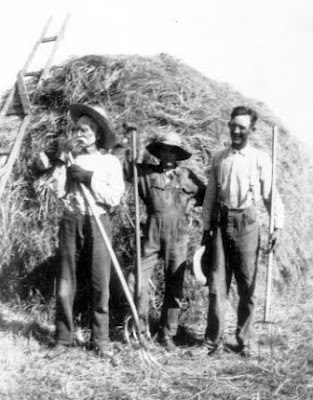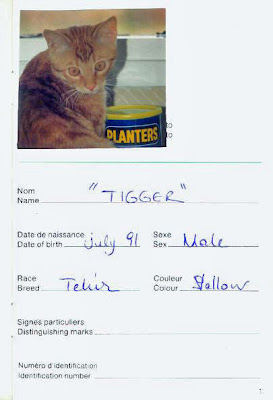There are many people in the world who don't worry about whether or not one of these days they are going to be annihilated by an asteroid. Or scooped up into the mother ship and have their body deconstructed by aliens who want to know how we work. Luckily I fall into that group -- of non-worriers -- but for some reason I like to read about all the dire predictions of scientists and others who do, in fact, think that any day now....
What brought this to mind is that the latest issue of The New Yorker magazine has a fascinating, very detailed but not 100% scientific-oriented article by Tad Friend entitled "Vermin of the Sky" and subtitled "Who will keep the planet safe from asteroids?" I say "not 100% scientific" meaning that it is not too complicated for a non-scientifically oriented female to understand. Me.
To start off with, Friend reports that NASA Administrator Charlie Bolden noted "that deflecting a NEO (near-earth object) will be 'what keeps the dinosaurs from becoming extinct a second time.' Then he admitted that the agency couldn't afford to do that." "That" being develop a way to deflect the asteroid. In fact, everybody's talking about a collision but nobody really wants to figure out how to prevent it.
The article goes on to say that Rusty Schweickart, a former astronaut, believes that one of these days a big rock is going to hit the earth at 25,000 mph. Rusty keeps pushing our government to get busy figuring out how to deflect it. He'd like to see a method ready to be tested by 2015.
If you don't mind reading about things that maybe are going to keep you awake at night thinking about them, I suggest you put a copy of this magazine in your hands and see what the latest thinking is. It makes fascinating reading. And just as a way of explanation, in case you were wondering where the dinosaurs are who will be wiped out "the second time," Charlie Boulden is talking about US.
As if that isn't interesting enough, USA Today reports that The Nation of Islam has a core belief that is not widely known: "The idea of seeking the divine in the skies is deeply rooted in the Chicago-based Nation of Islam, whose late leader Elijah Muhammad detailed in speeches and writings a massive hovering object loaded with weapons he called "The Mother Plane" -- although religion experts, Nation of Islam leaders and believers offer very different interpretations of what exactly happens aboard the plane, its role or how it fits into religious teachings."
This weekend's annual Saviours' Day convention in Chicago, held by the Nation of Islam, will include "a panel of scientists discussing worldwide UFO sightings, which they claim are on the rise." Just to go on the record, I tend to think there are such things as UFOs but have no firm conviction as to what is going on. I have always felt that there is some truth to the story about little aliens' bodies being stored at Wright-Patterson Air Force Base after a UFO crash in Roswell in 1947. But also, I think that a whole bunch of beliefs besides the Nation of Islam have stuff in them that I would have trouble believing, so I'm not trying to pick on anyone.
I plan not to lose any sleep over the NEOs or the UFOs -- so will most likely, like the ostrich, just keep sticking my head in the sand and not try to figure out what may or may not happen. What I AM saying, however, is that I find all this mighty interesting to read about.



























